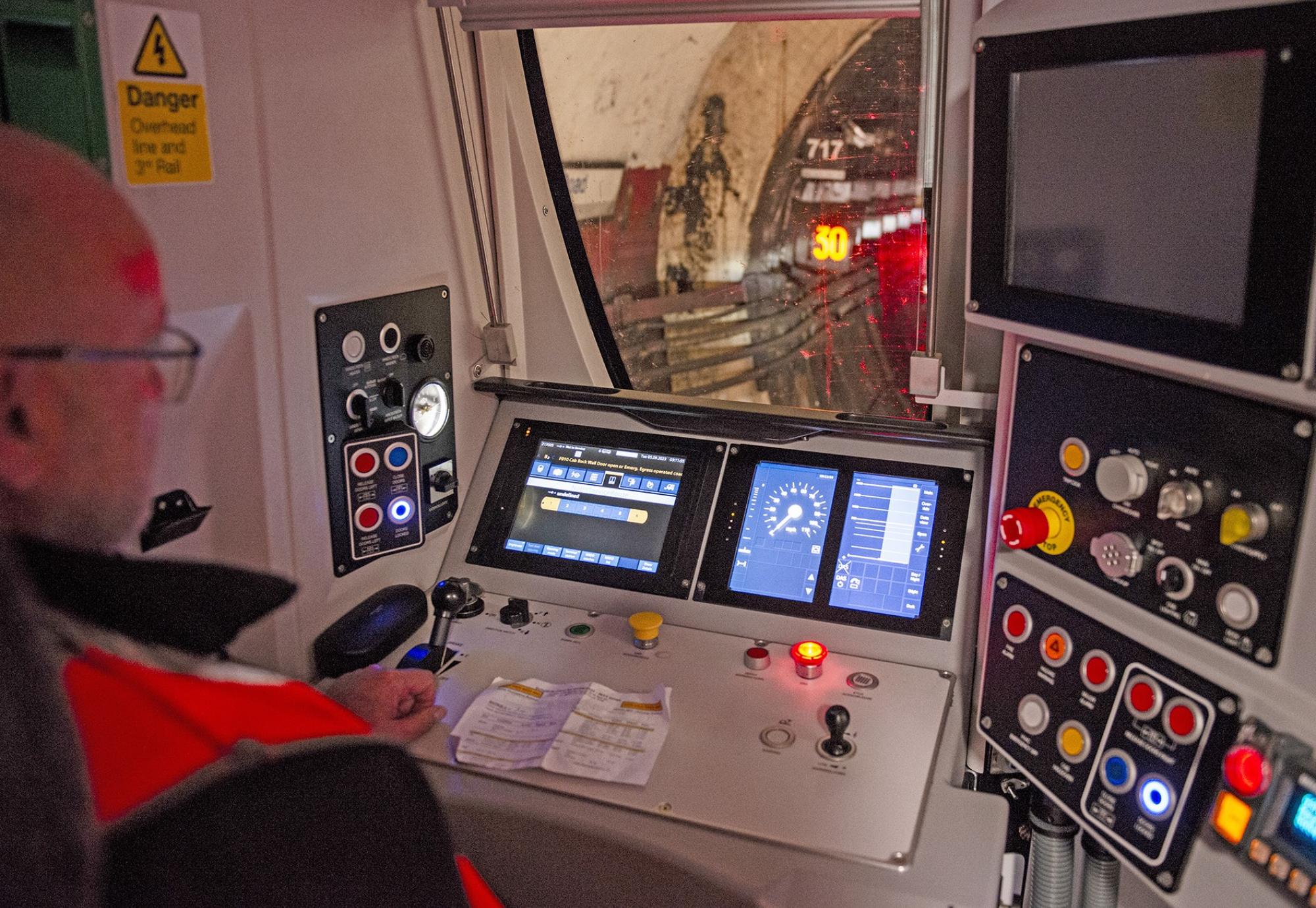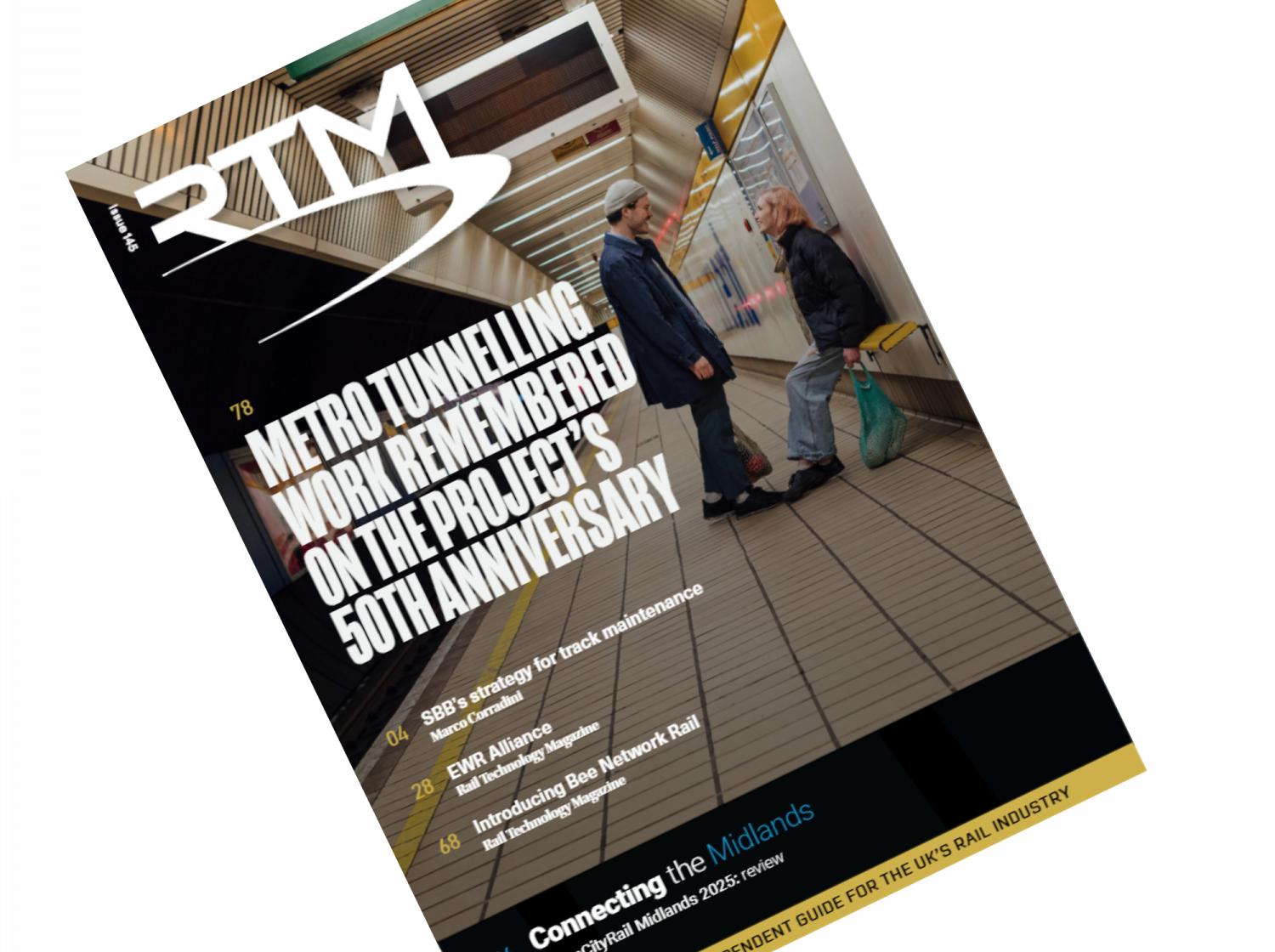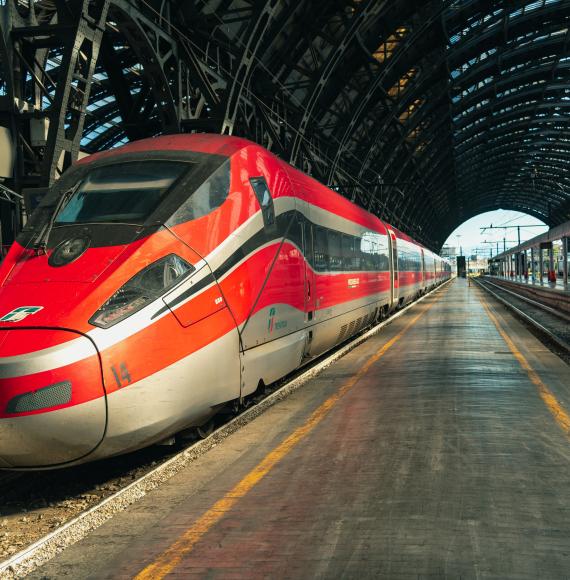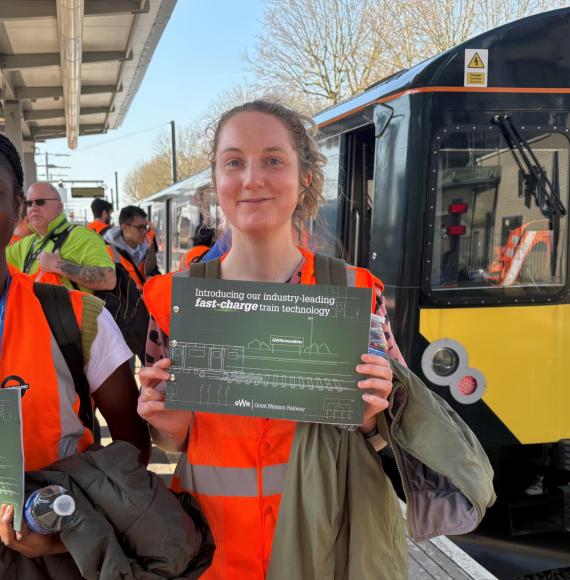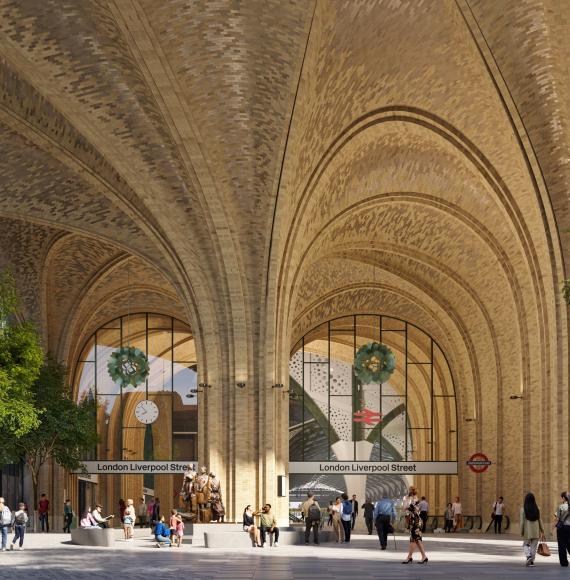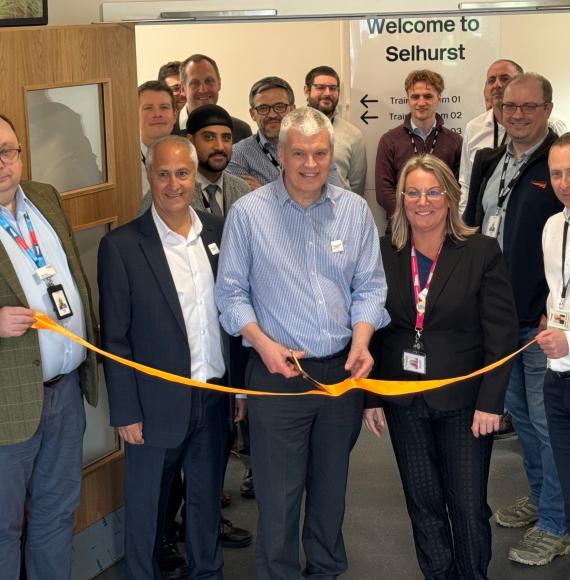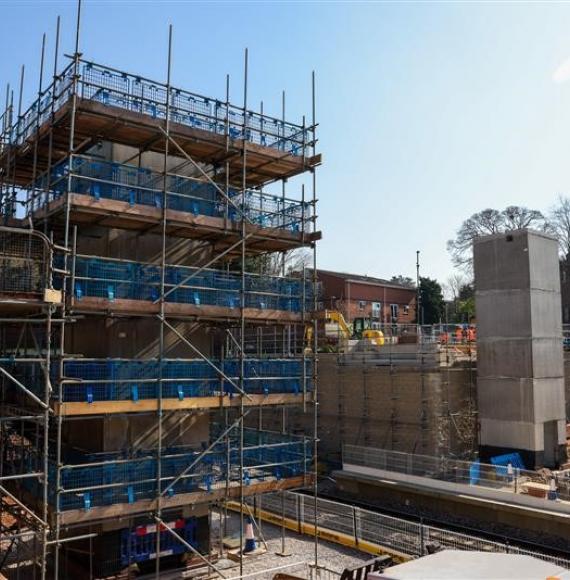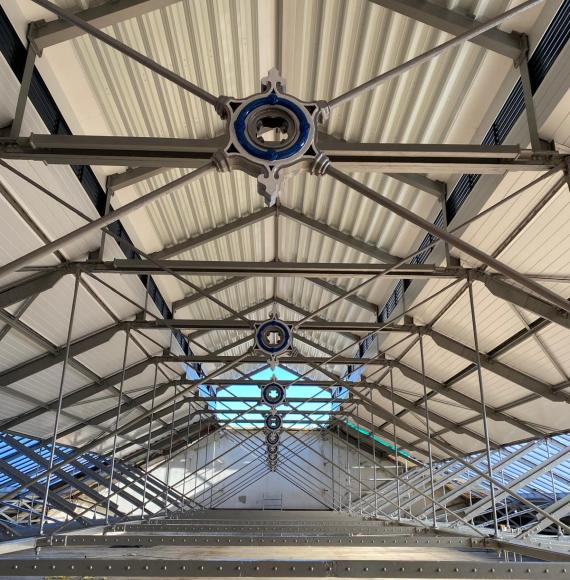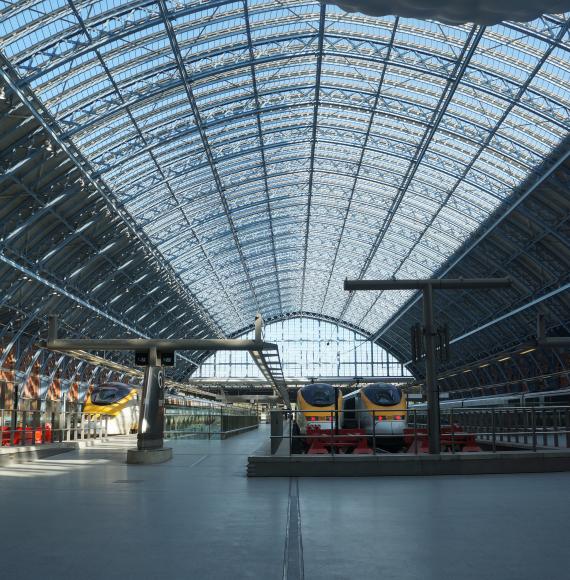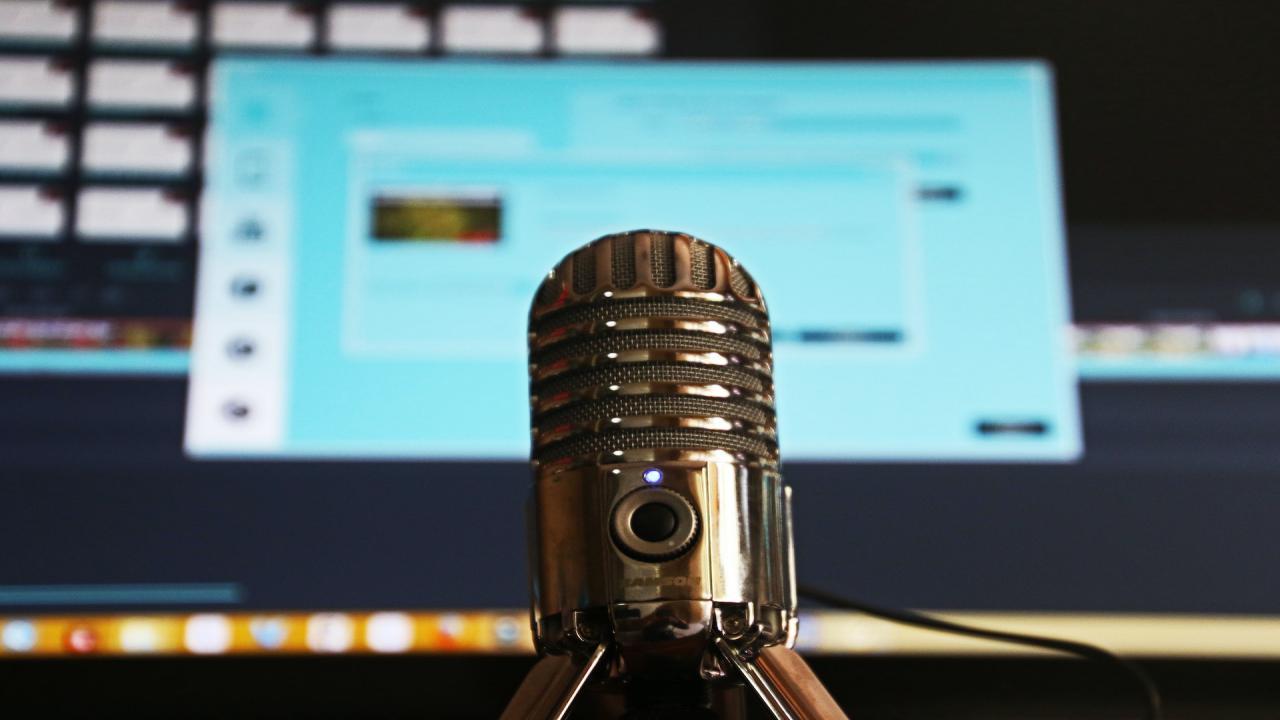Govia Thameslink Railway (GTR) has reported that more than half of all commuter trips to Moorgate in the City of London are now controlled by ETCS.
The European Train Control System (ETCS) brings signalling into the driver’s cab, doing away with trackside signals.
Instead, drivers a given a safe target speed to aim for on a computer screen, which allows trains to run closer together and enables a more consistent and reliable service.
Oliver Turner, Head of Digital Signalling (Head of ERTMS) at GTR, said:
“We are delighted that our Great Northern commuters can now expect at least every other train to be digitally signalled.”
“It represents a significant step towards a digital future in which technology will improve customer journeys on both the Northern City Line and, eventually, the East Coast Main Line. We are proud to share our knowledge and experience gained here with the rest of the rail industry.”
The first passenger train ran to the City of London using ETCS in November 2023. Since then, GTR has been training more of its Great Northern drivers to use the technology.
The number of services between Moorgate and Finsbury Park using ETCS, which is currently around half, is only set to increase as more drivers are trained.
The Northern City Line is the first phase of the East Coast Digital Programme, which will see ETCS introduced to a UK intercity mainline for the first time. This will provide a foundation for the technology to be introduced more widely on the East Coast Main Line and then across the country.
The East Coast Main Line is already electrified, and the introduction of ETCS on its southern section will deliver a further 55,000 tonne reduction in carbon emissions over the next 60 years, the equivalent of over two million passenger train journeys between London and Edinburgh.
The technology means fewer trackside assets need to be produced and maintained, and also allows for gentler braking. In all, the carbon saving over 60 years is estimated to be around 39%.
Image credit: Govia Thameslink Railway

